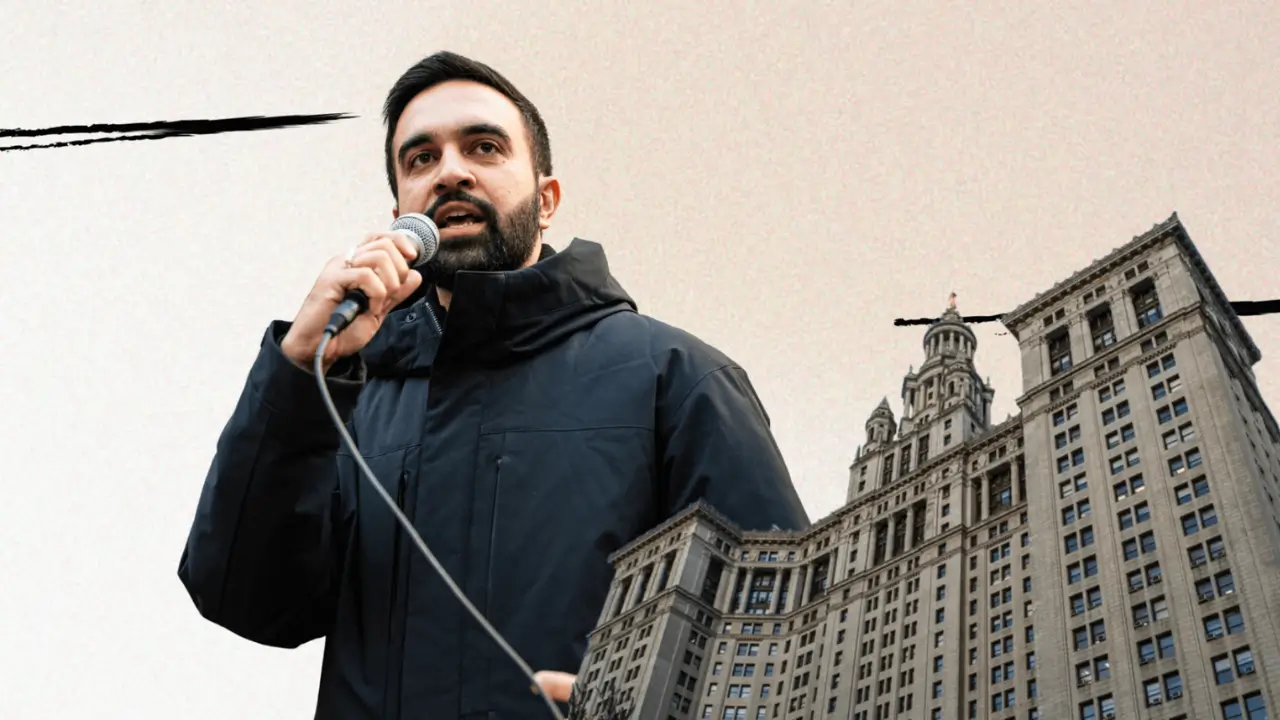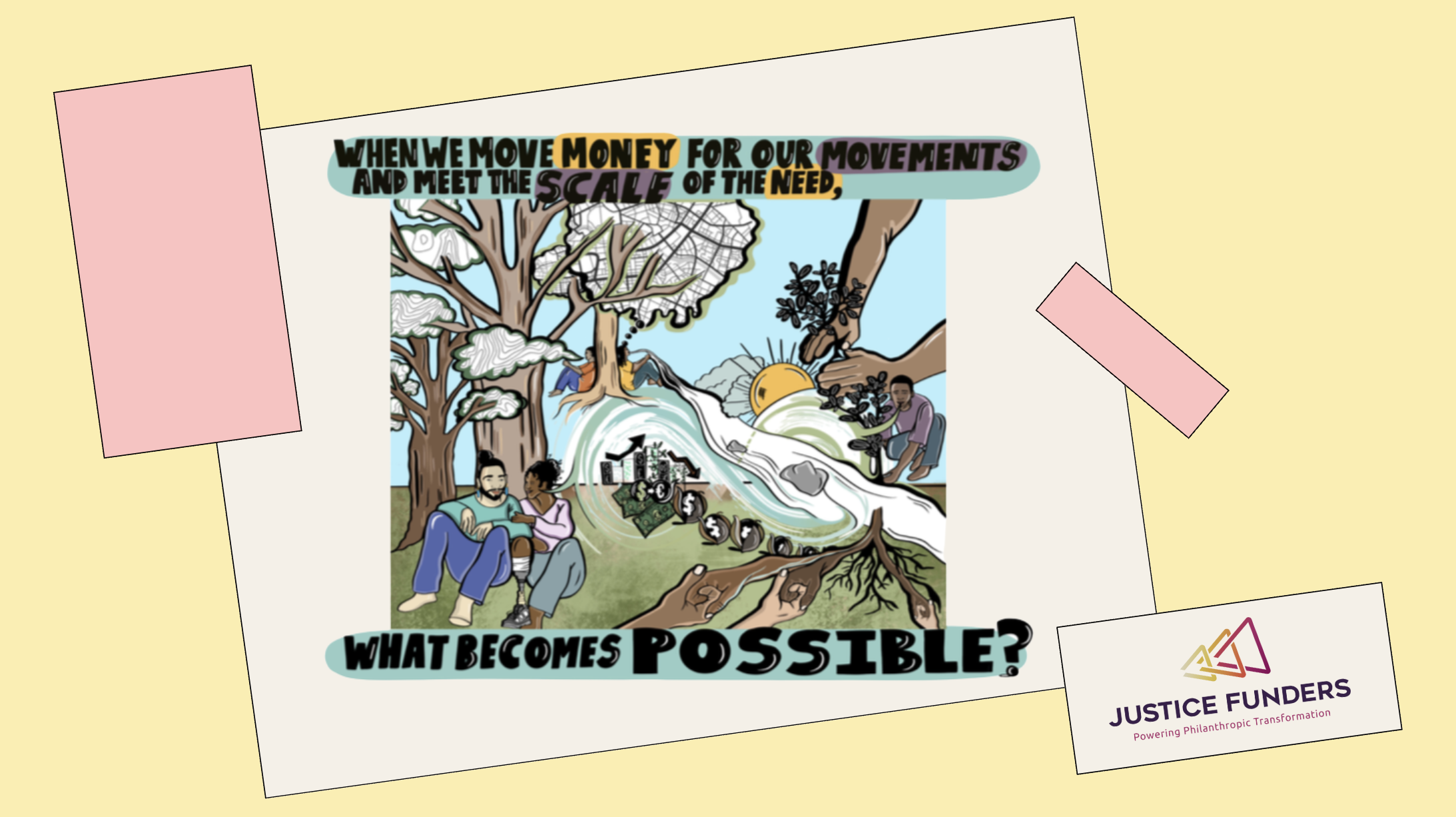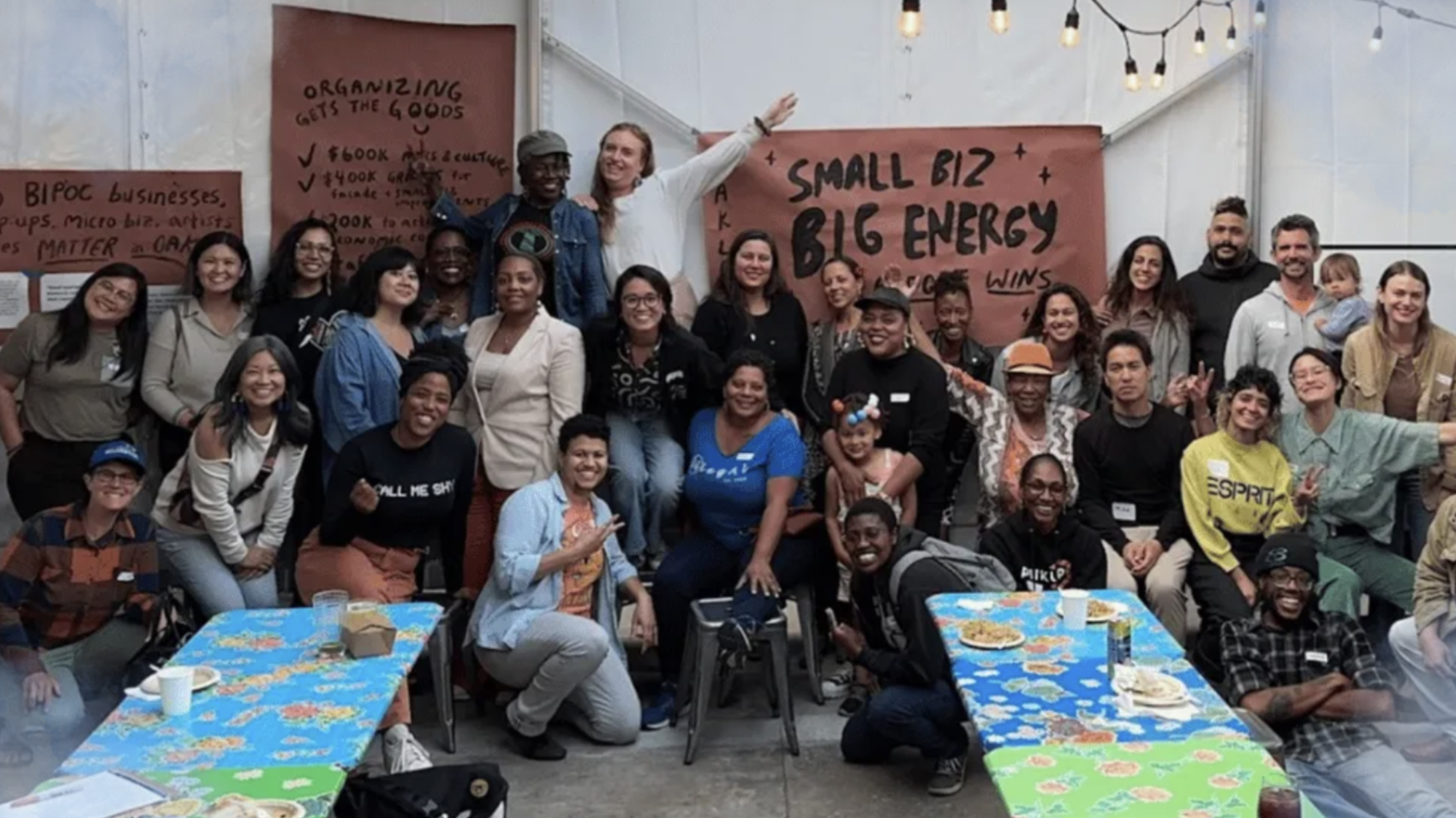In 2026, New York City’s budget will be $116 billion. Of that, just $24 million - that’s 0.021% - will be subject to direct community input. Meanwhile, billions flow through opaque public-private partnerships with little transparency or accountability.
Zohran Mamdani’s recent campaign, fueled by tenant unions, labor organizers, and everyday New Yorkers, demonstrated the power we build when everyday people reclaim their stake in democracy. But voting is just the first step. If the values behind Mamdani’s victory are to endure beyond a single administration or election, they must be embedded into the very machinery of city governance. That includes public capital as a lever of power.
Mamdani’s slogan, "A City We Can Afford," speaks not only to housing and groceries, but to power: the power to shape our neighborhoods, economies, and futures. The flow of public finance is at the heart of that power. It determines who gets housed, who gets hired, and whose needs are met and whose ignored. For too long, decisions about public capital have been made by consultants, agencies, and financiers far removed from the communities they affect.
Enter participatory investing: a strategy that places community governance at the center of capital allocation. When designed well, participatory investing turns budgeting into a collective process and makes public finance answer to public needs.
A city familiar with community capital
In New York City, the groundwork for participatory investing of public dollars has already been laid.
Participatory investing refers to democratic investment structures that give communities, especially those most impacted by injustice, tangible control over how dollars are allocated, invested, and governed. New York is no stranger to variations on this theme.
First, New Yorkers have experience with participatory democracy through participatory budgeting. New York has one of the largest participatory budgeting program in the country: Participatory Budgeting NYC allows residents in more than 30 Council districts to vote on small capital projects. While capped budgets limit impact, the model has proven that citywide civic engagement is both possible and popular.
Second, New Yorkers have seen inclusive models of housing finance. The NYC Public Housing Preservation Trust was created to center tenants in decision-making on public housing finance, establishing a pathway for resident management of conversions.
Third, through banking. Public Bank NYC offers a next-generation vision: a city-owned financial institution governed by community stakeholders and focused on investments in affordable housing, worker cooperatives, and climate infrastructure. Meanwhile, community-rooted institutions like the Lower East Side People’s Federal Credit Union continue to demonstrate how capital can be stewarded democratically from the ground up.
Participation is not a hypothetical – it is a budding reality of public finance. Together, these cases point toward a growing movement to make democratic governance a cornerstone of how capital flows in New York.
From public goods to public governance
Mamdani's platform is visionary: a rent freeze, municipal grocery stores, fare-free transit, a $30/hour minimum wage. His proposal for a Department of Community Safety would reallocate $1.1 billion from policing into housing, mental health care, and non-carceral public safety.
We’re familiar with one way this story can unfold: a bold reformer enters office only to get stalled by bureaucratic machinery, siloed agencies, and outdated rules. No matter how visionary, a single politician can’t transform the system alone.
Vision without governance risks collapse. Without democratic guardrails, even the most progressive public programs can replicate exclusion and inefficiency. Embedding participatory investing into Mamdani’s platform could provide the scaffolding that makes bold ideas last, and protects them from political whiplash. It’s not just smart policy, it’s smart politics: shared governance builds public buy-in, accountability, and durability. By creating structures for democratic oversight, Mamdani can share power while shielding his agenda from the volatility of City Hall.
Imagine if municipal grocery stores were governed by worker-resident boards empowered to set sourcing policies, pricing structures, and workplace standards. If the Department of Community Safety’s investments in mental health were co-designed with citywide assemblies of tenants, care workers, and youth organizers. If affordable housing investments were steered by local advisory boards that held veto power over design, displacement risk, and developer accountability.
Participatory investing ensures that the public doesn’t just receive benefits; it governs them. It transforms public ownership into democratic infrastructure.
Getting Participation Right
As anyone who has ever participated in a community decisionmaking process knows, participation is not a cure-all. While participatory investing offers a powerful framework for democratic governance, it also faces real and recurring challenges: concerns about efficiency, limited technical expertise, and the risk of participation that feels symbolic rather than substantive.
In New York, Participatory Budgeting has sometimes seen wealthier or better-organized groups dominate the process, raising questions about equity and inclusion. The Housing Preservation Trust has struggled to deliver on its promise of tenant co-governance, with vague authority, inconsistent communication, and few legal safeguards to back tenant voice. Meanwhile, Public Bank NYC has generated excitement but faces slow implementation as it navigates complex regulatory frameworks and competing political priorities.
Yet when participatory processes are resourced properly - with facilitation, translation, stipends, and childcare - they can shift power and build trust. Entities like the Cooperative Economics Alliance of NYC (CEANYC) have built trusted and coordinated participatory structures in the solidarity economy sector that could be scaled citywide.
As CEANYC Director Ali Issa explains: “Participatory investment is key to unlocking the full potential of the powerful alternatives already rooted in New York City, from community-run food systems to housing and banking models. But for these models to truly challenge the status quo, participation must go beyond individual projects to sustainable governance. Participation must support coordination, both political and economic, across entities so that care and cooperation become the organizing principles of our city’s economy.”
His insight underscores a key lesson: participation alone isn’t enough. Without structural supports that enable alignment, governance, and long-term strategy, participatory processes risk becoming fragmented, symbolic, or easily co-opted.
Policy Pathways to Scale
New York has the institutional landscape and momentum to move participatory investing from fragmented pilots to enduring policy. To make this shift real, the city must implement structural reforms that embed democratic participation into the governance of public dollars:
- Expand and Mandate Participatory Budgeting Beyond Council Discretion: Make participatory budgeting a citywide requirement for key agencies, starting with the Departments of Housing Preservation & Development, Health, and Environmental Protection. Allocate a fixed percentage (such as 5%, to grow over time) of capital and program budgets for community-directed spending, supported by trained civic engagement staff. This ensures that participation is a core function of public service delivery, not a one-off experiment.
- Embed Community Governance in All New Capital Vehicles: Require that all new public financial entities - such as public banks, land banks, and development corporations - be governed by legally mandated community advisory boards. These boards should have decision-making authority over project approvals, investment priorities, and impact metrics. Membership should prioritize residents from impacted communities, selected through transparent nomination and election processes.
- Fund Participatory Infrastructure through the City Budget: Create a dedicated Civic Governance Fund to resource the infrastructure of participation. This includes facilitators, interpreters, childcare, stipends, civic education materials, digital access. No participatory body or process should rely solely on philanthropic grants—public governance requires public investment. Partner with organizations like Cooperative Economics Alliance of NYC that have been building this infrastructure for years.
- Legislate Transparency and Governance Disclosures: Pass a Capital Governance Disclosure Act requiring all city-administered investment funds and public-private partnerships to publish clear, accessible data on governance structures, decision-making processes, and community representation. Create a public registry tracking how and where participation is embedded in the city’s financial ecosystem.
- Adopt Equity-Centered Evaluation Frameworks: Partner with CUNY or other public institutions to develop participatory evaluation rubrics with community stakeholders. These frameworks should assess success not only by project delivery or cost savings, but by metrics like trust, accessibility, redistribution, and long-term equity outcomes.
Together, these reforms can make participatory investing a structural feature of New York City governance, ensuring that public capital serves public power, and that democracy doesn’t end at the ballot box.
This political moment didn’t emerge on its own. It is the result of years of organizing by New Yorkers committed to expanding the boundaries of democracy and reclaiming public power. Mamdani’s campaign captured a bold vision of economic justice, and now, participatory investing offers a pathway to make that vision governable beyond any one election cycle.
A city we can afford must also be a city we co-govern. Participatory investing makes that possible - not just for this moment, but for generations to come.







%20(1280%20x%20720%20px)%20(46).png)



.webp)
%20(1280%20x%20720%20px)%20(3).webp)

%20(1280%20x%20720%20px)%20(39).png)
%20(1280%20x%20720%20px).webp)

%20(1280%20x%20720%20px)%20(2).webp)



%20(1280%20x%20720%20px)%20(40).png)


.webp)
.webp)

